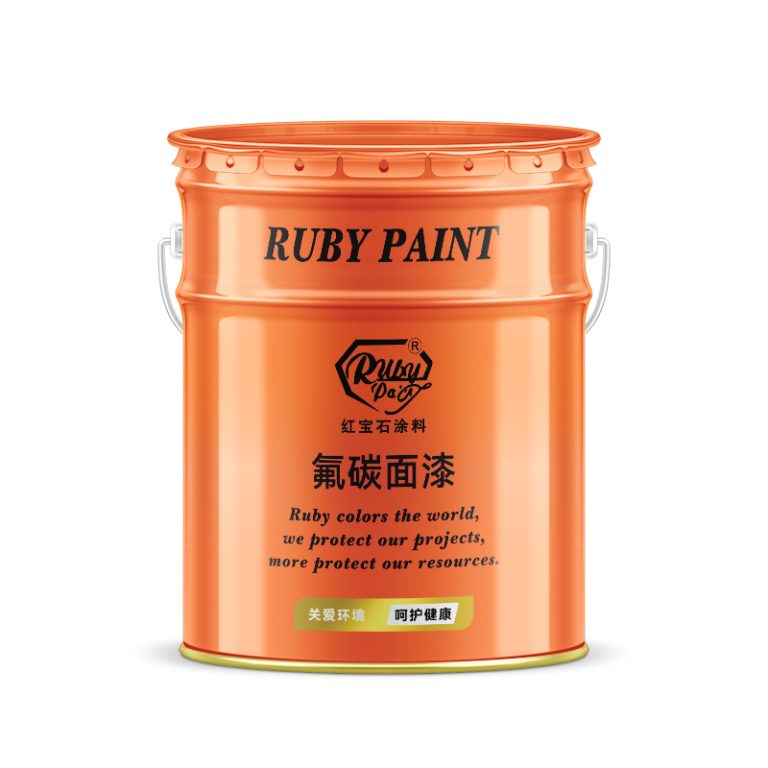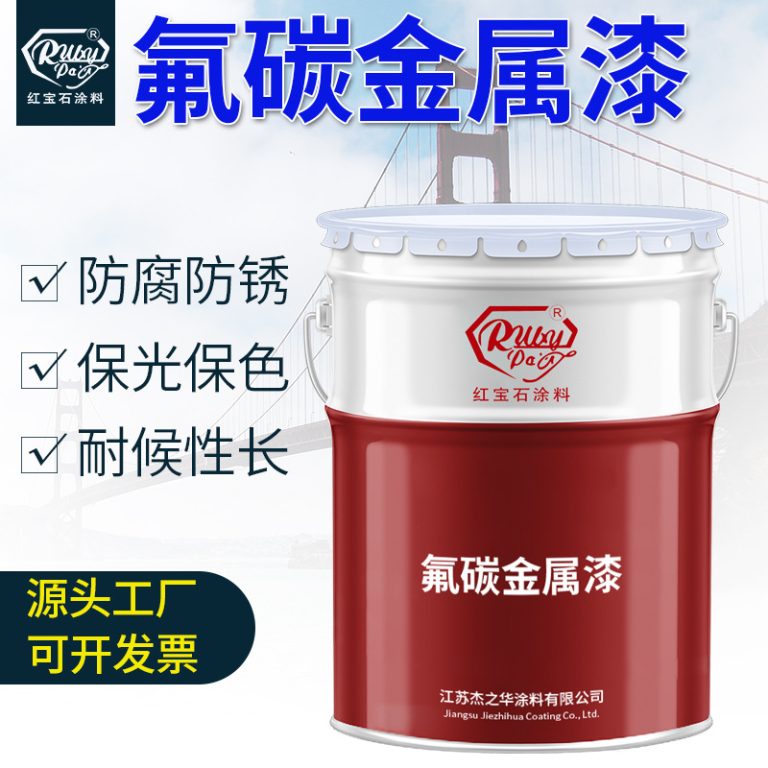Table of Contents
Essential Supplies For Acrylic Painting On Paper
Acrylic painting is a versatile and accessible medium that has gained popularity among artists of all skill levels. For beginners looking to explore acrylic painting on paper, it is essential to gather the right supplies to ensure a successful and enjoyable experience. This article will provide an overview of the essential supplies needed for acrylic painting on paper, helping beginners to get started with confidence.
First and foremost, selecting the appropriate paper is crucial for acrylic painting. While acrylics can be used on various surfaces, paper specifically designed for acrylic paint is highly recommended. Acrylic paper is typically heavier and more durable than regular paper, with a weight of around 300 gsm (grams per square meter). This thickness prevents the paper from buckling or warping when wet paint is applied. Additionally, acrylic paper often features a textured surface, which helps to grip the paint and allows for better control of brushstrokes. Beginners may also consider using watercolor paper as an alternative, as it shares similar characteristics with acrylic paper.
Once the right paper is chosen, the next essential supply is a set of acrylic paints. Acrylic paints are available in a wide range of colors and can be purchased individually or in sets. For beginners, it is advisable to start with a basic set of primary colors (red, yellow, and blue), along with black and white. These colors can be mixed to create a broad spectrum of hues, providing ample opportunities for experimentation and learning. When selecting acrylic paints, it is important to consider the quality of the pigments. Student-grade paints are more affordable and suitable for beginners, while artist-grade paints offer higher pigment concentration and color vibrancy.
www.youtube.com/watch?v=kCkCI75Qvv8
In addition to paints, a variety of brushes are needed to apply the acrylics onto the paper. Brushes come in different shapes and sizes, each serving a specific purpose. For beginners, a basic set of brushes should include a flat brush for broad strokes, a round brush for detailing, and a filbert brush for blending. Synthetic brushes are commonly used for acrylic painting, as they are durable and able to withstand the texture of the acrylic paint. It is also helpful to have a palette knife on hand for mixing colors and creating textured effects.
Another indispensable tool for acrylic painting on paper is a palette. A palette provides a surface for mixing and blending colors before applying them to the paper. There are various types of palettes available, including traditional wooden palettes, disposable paper palettes, and plastic palettes. Beginners may find a plastic palette to be a practical choice, as it is easy to clean and maintain.
| Serial Nr. | Products |
| 1 | Epoxy Zinc rich paint |
Finally, to protect and enhance the longevity of the artwork, beginners should consider using an acrylic medium or varnish. Acrylic mediums can be mixed with the paint to alter its consistency, transparency, and drying time. A varnish, on the other hand, is applied over the finished painting to provide a protective coating. It helps to shield the artwork from dust, UV rays, and other environmental factors.
In conclusion, having the right supplies is essential for beginners embarking on acrylic painting on paper. By selecting suitable paper, quality paints, appropriate brushes, a functional palette, and protective mediums or varnishes, beginners can set themselves up for a rewarding and creative journey in the world of acrylic painting.
Step-By-Step Guide To Creating Your First Acrylic Painting On Paper
Acrylic painting is a versatile and accessible medium that is perfect for beginners. It dries quickly, is easy to clean up, and can be used on a variety of surfaces, including paper. If you’re new to acrylic painting and want to try your hand at creating your first masterpiece on paper, this step-by-step guide will help you get started.
First, gather your materials. You will need acrylic paints, brushes, a palette, a cup of water, paper towels, and paper. For paper, it’s best to use a heavier weight paper that is specifically designed for acrylic painting, as it will be able to handle the moisture of the paint without warping or buckling. Once you have your materials ready, find a comfortable and well-lit workspace where you can spread out and work without interruption.
Next, prepare your palette. Squeeze out small amounts of the colors you want to use onto your palette. It’s a good idea to start with just a few basic colors, such as red, blue, yellow, and white, as you can mix these to create a wide range of other colors. Add a small amount of water to each color to thin the paint slightly, making it easier to work with.
Now you’re ready to start painting. Begin by sketching out your composition lightly on the paper with a pencil. This will give you a guide to follow as you paint. Once you’re happy with your sketch, start applying the paint to the paper using your brushes. Work from the background to the foreground, and from light colors to dark colors. This will help you create depth and dimension in your painting.

As you paint, be sure to rinse your brushes regularly in the cup of water to prevent the paint from drying on the bristles. Use the paper towels to blot your brushes dry before picking up more paint. This will help you keep your colors clean and vibrant.
Take your time and enjoy the process of painting. Acrylics are forgiving, so don’t be afraid to experiment with different techniques and color combinations. If you make a mistake, you can simply paint over it once the paint has dried.
Once you’re satisfied with your painting, set it aside to dry completely. Acrylics dry quickly, so it shouldn’t take long. Once the paint is dry, you can add any final details or touch-ups that you think are necessary.
| No. | Products |
| 1 | Industrial paint |
Finally, step back and admire your work. Creating your first acrylic painting on paper is an accomplishment to be proud of, and with practice, you’ll continue to improve and develop your skills as an artist.
In conclusion, acrylic painting on paper is a fun and rewarding activity for beginners. By following this step-by-step guide, you’ll be well on your way to creating beautiful and unique works of art. Remember to be patient with yourself, experiment with different techniques, and most importantly, have fun!






